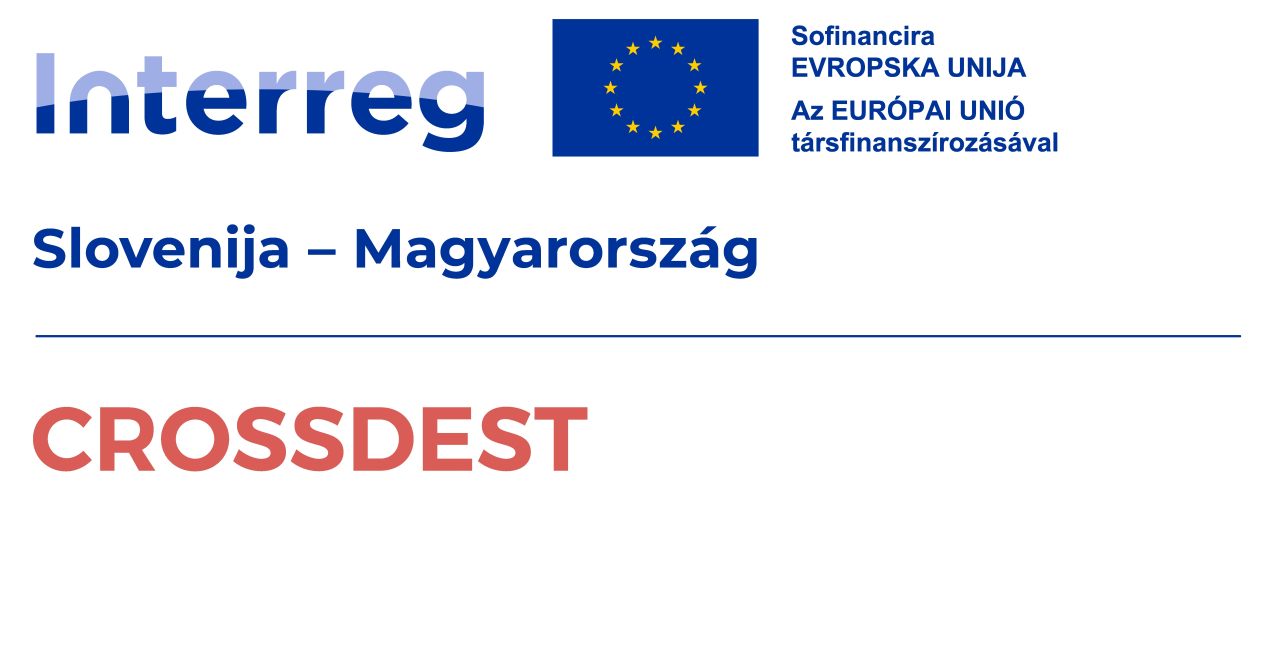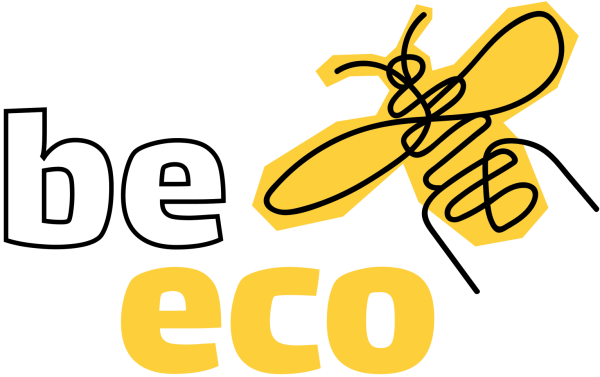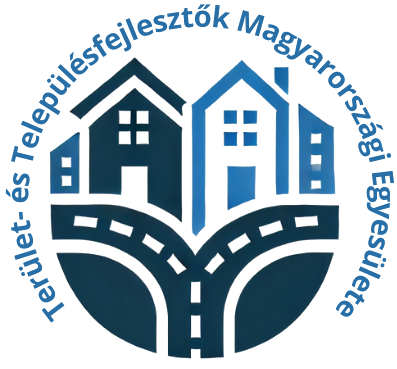-

Photo: Énlaki Unitárius Egyházközség Facebook oldala -

Photo: Visitharghita.com -

Photo: Visitharghita.com -

Photo: Énlaki Unitárius Egyházközség Facebook oldala









Énlaka
Énlaka, this uniquely atmospheric Székely village, lies in the valley of the Gagy stream, northwest of Székelyudvarhely, embraced by the rolling hills on the edge of the Nyikó region. Thanks to its secluded location, the village has preserved its medieval settlement structure, distinctive village character, and traditional way of life to this day. The locals' strong attachment to their identity, language, faith, and built heritage makes Énlaka one of the special gems of the Hungarian cultural landscape, earning it the Europa Nostra title. The village's most famous monument is the church, built in the 13th century in Romanesque style and now used by the Unitarians. It was later expanded with Gothic and Renaissance elements. In the sanctuary of the church is a ceiling panel featuring runic inscriptions, the oldest runic writing in Transylvania that has survived in its original location. The floral motifs on the panels and the text written in runic script are not only artistic but also historically and linguistically significant. The church remains a vibrant community space and a centre of Unitarian religious life. Énlaka's streetscape is a quintessential example of traditional Székely villages: porched, whitewashed houses, farm buildings built on stone foundations, carved gates, and homesteads surrounded by orchards and meadows. The community life of the village is strong, close-knit, yet welcoming: visitors here encounter not tourist services but an authentic, living rural world. The surrounding hilly landscape, the meadows along the Gagy stream, orchards, bushy pastures, and mosaic-like woodlands are rich in biodiversity. For nature enthusiasts, photographers, and eco-tourists, the area around Énlaka is an excellent starting point: local trails invite hiking in summer, mushroom foraging in autumn, and birdwatching in spring. In recent years, more and more guesthouses have opened their doors in the village, offering visitors simple, rustic accommodation – often accompanied by local hospitality, homemade food, cheese, fruit, and honey. Here, hospitality is not a service but a gesture. Those who arrive with an open heart are welcomed into the community, whether for a festive ceremony, a spinning evening, communal cooking, or a fireside chat. Énlaka is unique not only in its built heritage but also in its living spirit. This is a village that not only preserves but sets an example: showing how the values of the past can be upheld in the present and how strength can be drawn from tradition. Here, silence, nature, heritage, and human connection are not abstract concepts but everyday realities.
Arrival
- Walk
- Horseback
- Bike
- Electric bicycle
- Bus (rented for the trip)
- Motorcycle
- Car
Public transport
- bus
Parking information
- Free outdoor parking available
Sustainability level
Topic 1: Destination Management 52%
- Visitor management: 60%
- Commitment and organization: 0%
- Design & development: 50%
- Monitoring and reporting: 50%
- Legal and ethical compliance: 100%
Topic 2: Nature and landscape 80%
- Nature and wildlife protection: 100%
- Nature and conservation: 60%
Topic 3: Environment and climate 39%
- Land use and pollution: 67%
- Water management: 40%
- Energy, sustainable mobility and climate change: 0%
- Adaptation to climate change: 50%
- Waste and recycling: 40%
Topic 4: Culture and traditions 100%
- Cultural heritage: 100%
- People and traditions: 100%
Topic 5: Social Welfare 58%
- Health and safety: 100%
- Local economy: 20%
- Socio-economic impacts: 50%
- Community participation: 50%
- Human dignity: 71%
Topic 6: Business and Communication 61%
- Business participation: 22%
- Information and marketing: 100%



